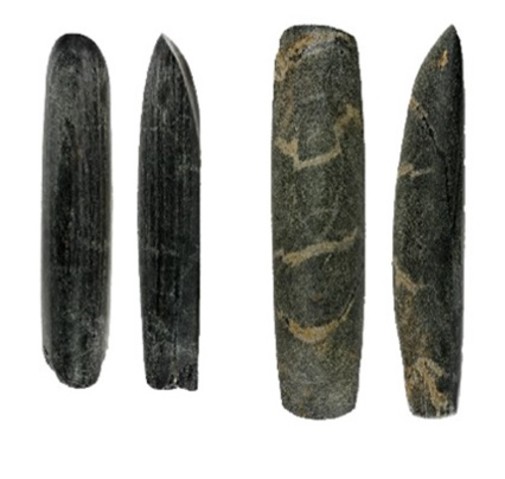Researchers at the University of York are rewriting our understanding of gender roles in early farming communities across Europe. By analyzing over 400 stone tools unearthed from various cemetery sites, the research unveils a fascinating story of specialized tasks and how they differed between men and women.
Previously, archaeologists believed polished stone tools from this period were primarily used for woodworking. However, this new analysis paints a much richer picture. The study, led by Dr. Penny Bickle and postdoctoral researcher Alba Masclans Latorre, reveals a wider range of activities and a clear division of labor based on sex.
The tools found in female graves were smaller and lighter, suggesting their use in processing animal skins and hides. Tools found with male remains, on the other hand, were larger and more robust, potentially associated with hunting and potential conflict. These findings suggest that specialized roles for men and women played a crucial part in the transition to farming societies.
Dr. Bickle emphasizes that these gendered roles weren’t a sign of inequality, but rather a testament to the dynamism and resourcefulness of these early communities. “The tasks attributed to women were difficult manual work and complemented the work of the men,” she explains. “They were seen as equal contributors to their community.” Furthermore, the presence of these valued tools in both male and female graves highlights their significance within the society.
Interestingly, the study also reveals regional variations in these roles. In eastern Europe, evidence suggests women were more mobile than men, and both sexes were buried with shell ornaments and jewelry. Conversely, in western regions, men were more likely to be buried with tools associated with hunting, suggesting a greater emphasis on that activity.
“Women’s contributions to these early societies are often downplayed,” says Ms. Masclans Latorre. “This study demonstrates that they played an active role in shaping these communities. Their activities were considered so important that they were used to mark them out in death. Similarly, the tools found with men suggest there were specific roles for both sexes, and all were vital to the smooth functioning of their society.”
This research offers valuable insights into the lives of our ancestors and challenges traditional perspectives on gender roles in early farming societies. By analyzing these seemingly simple tools, researchers have unlocked a window into a complex and dynamic past.
Source: University of York
